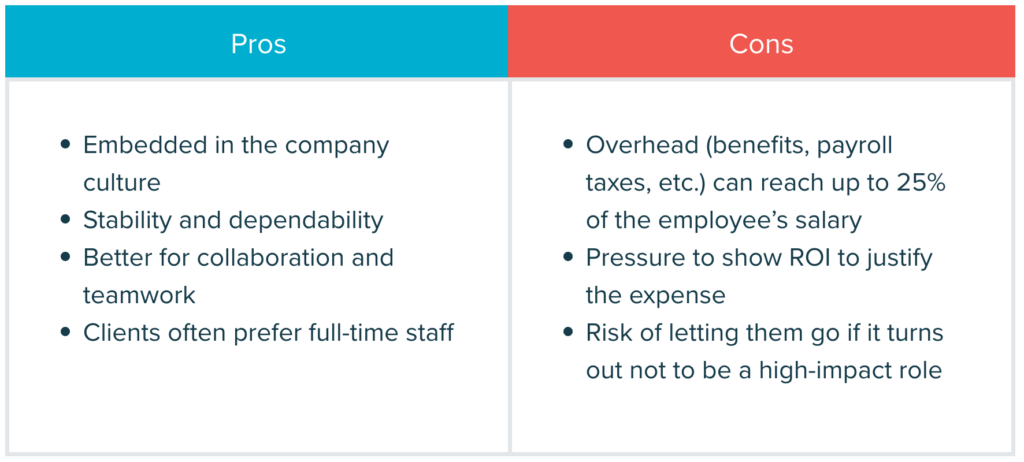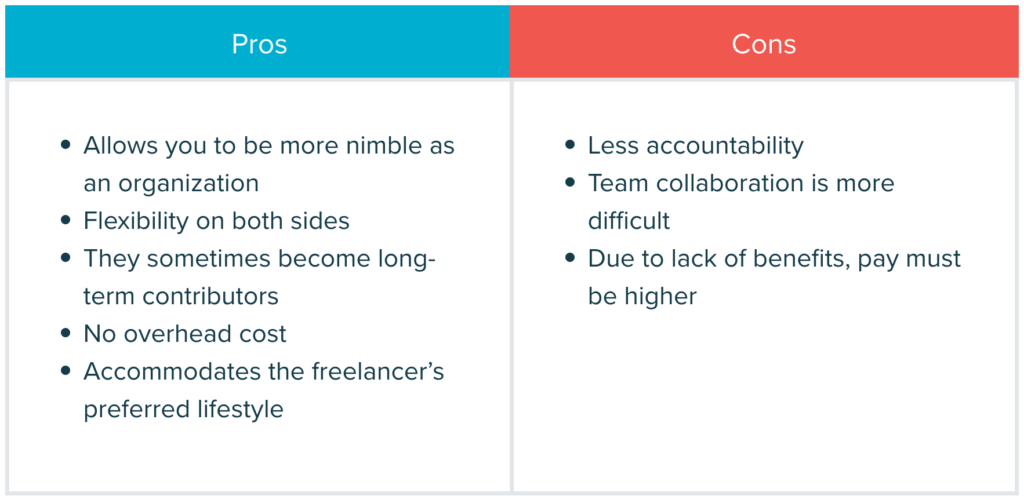On a granular level, hiring managers have a direct interest in making serious human resources investments to meet their organization’s needs. Recruiters are focused on supporting a manager’s search priorities and sourcing great candidates. Company leadership, on the other hand, is much more likely to do a cost-benefit analysis and carefully consider the worth of each new hire.
According to Jen Meza, Yello’s vice president of people, executive teams ask themselves a few important questions when considering cost-per-hire:
- What is the impact on our business if we don’t have this person?
- How will key projects and priorities be affected if this candidate isn’t in a seat by X date?
- Does this fit into our company’s broader hiring priorities?
- If it’s a critical role, how long has the position been open?
- Are we currently losing revenue as a direct result of this job being unfilled?
However, these considerations should not be the sole domain of the C-suite. Recruiters and HR personnel up and down the organizational chart would be smart to keep them in mind. Thinking like an executive is a critical skill to have when you’re in the business of hiring — after all, it’s the CHRO or CFO who’s likely to sign off on the final decision.Part of that decision is the question of full-time vs. contract hires. One in five workers today is a contract worker, and 94 percent of the net jobs created between 2005 and 2015 were impermanent roles like freelancers, contractors or temp workers.
“It’s about quick wins,” says Meza. “You hire a contractor when there’s a set amount of work that you need to deliver in a set amount of time and you don’t need the overhead or the cost of a full-time person. You can be pretty strategic with contract hiring.”
Trying to decide between full-time and freelance for that next hire? Consider the pros and cons your company leadership will be weighing:
Full-Time

Contractor

One of the most significant costs associated with hiring is the time it takes to bring a new employee onboard. Time is money, and anything that affects the company’s bottom line will get the C-suite’s attention.
That’s where a Customer Relationship Management (CRM) solution comes in. Having a system that creates candidate pools that can be filtered, searched and sorted means your first stop for sourcing candidates can include only people you know are already interested in your company. You can cut back on time very quickly by checking out everyone who has previously applied for similar positions or expressed interest — it may now be worth revisiting or reaching out to them.
An engaging talent community is another great time-saver. “If I can keep passive or previously interested candidates engaged in a talent community, then I’ve already pipelined for when I need to go,” Meza says. “The biggest impact on the cost of hiring is the time it takes to fill a position, and anything you can do to cultivate a strong pipeline is going to save time and improve your cost-per-hire.”



